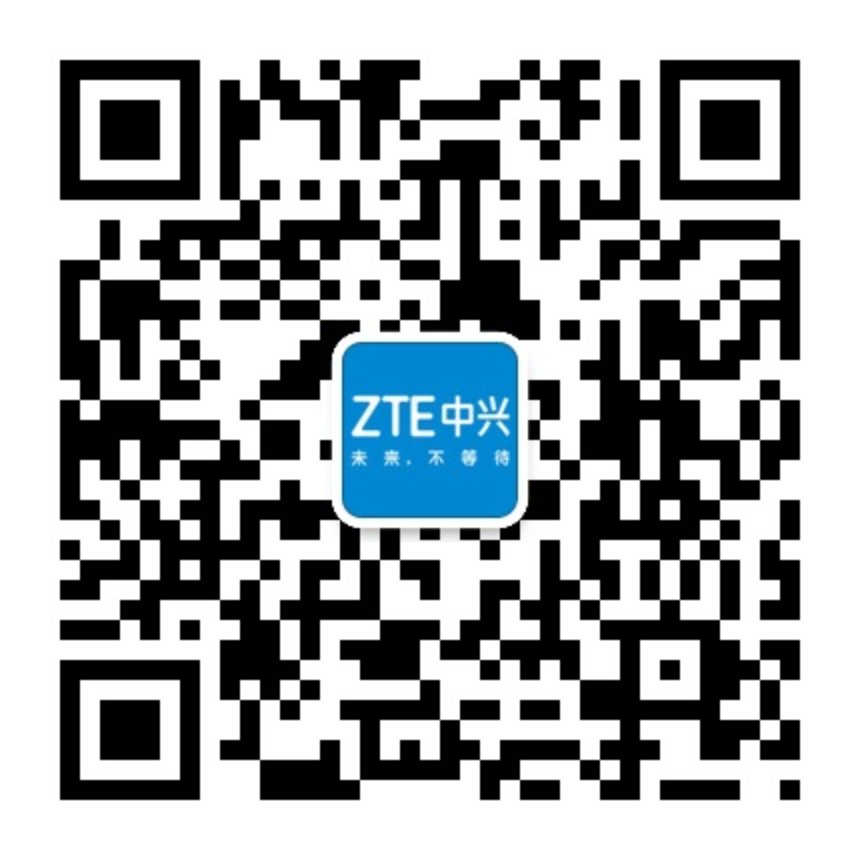6G信任基础:统一自我主权身份系统
摘要:6G架构从集中式向多方协作乃至去中心化演进,传统集中式安全基础的有效性面临挑战,信任体系需要重新构建。其中,去中心化的自我主权身份(SSI)被认为是构建6G信任必要且有前景的解决方案。为了在6G中顺利部署SSI,本文提出了一种多方信任架构(MTA)。该架构提供了一种可信方法,在整个通信系统的各个层次上建立统一自我主权身份(U-SSI)管理系统。MTA由全局链和多个本地链构成,服务于6G系统中的所有利益相关方,其中全局链负责SSI管理,本地链提供网络服务。最后,本文还给出了使用案例与实验,基于开源空口软件平台(OAI)与多分区并行区块链平台(DP-Chain)完成了MTA架构与U-SSI技术的搭建实现。实验结果表明,MTA方案带来的时延、CPU利用率、MEM(内存)开销均在5%以内,验证了MTA架构与U-SSI技术的功能与可行性,展示了所提出的信任框架的设计可行性。
关键词:6G;信任;自我主权身份
Abstract: The architecture of 6G is evolving from centralized models toward multi-party collaboration and even decentralization. This shift challenges the effectiveness of traditional centralized security foundations, necessitating a reconstruction of the trust framework. In this context, decentralized self-sovereign identity (SSI) is considered a necessary and promising solution for building trust in 6G networks. To facilitate the deployment of SSI in 6G, this paper proposes a multi-party trust architecture (MTA). The architecture provides a trustworthy method for establishing a unified self-sovereign identity (U-SSI) management system across all layers of the communication system. MTA consists of a global chain and multiple local chains, serving all stakeholders in the 6G ecosystem. The global chain is responsible for SSI management, while the local chains provide network services. Finally, the paper presents use cases and experiments. The implementation of the MTA architecture and U-SSI technology was carried out based on the OpenAirInterface (OAI) and a Double Parallel Blockchain (DP-Chain) platform. Experimental results show that the latency, CPU usage, and memory overhead introduced by the MTA solution are all within 5%, verifying the functionality and feasibility of the MTA architecture and U-SSI technology, and demonstrating the viability of the proposed trust framework design.
Keywords: 6G; trustworthy; self-sovereign identifier
.png)


.png)

